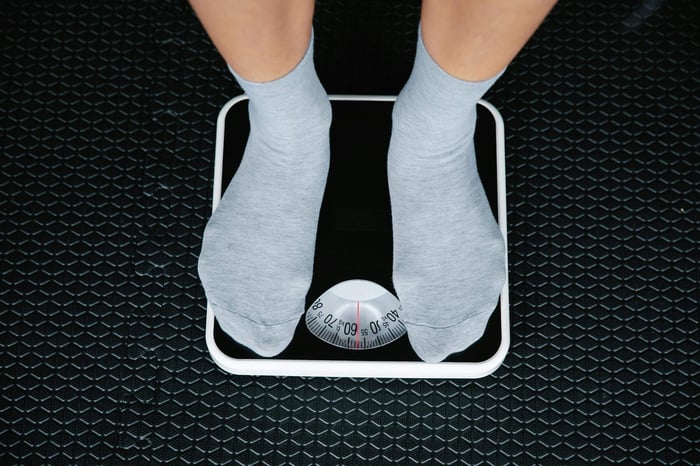Turn up the heat for your heart. You're worth it.
You’ve probably heard of sauna-bathing before. It's not a trend, it's a tradition. The use of saunas has been practiced for centuries, and in recent decades, science has caught up to what many cultures have long known: voluntary heat exposure can profoundly benefit heart health.
A study shows that regular sauna use can reduce cardiovascular-related mortality by up to 50%.
Yes, you read that right. Stick with us to see why.
Voluntary Stress
The benefits of voluntary heat exposure hinge on a simple yet powerful idea: stress, when applied voluntarily, can be good for you. This process is called hormesis, a biological phenomenon where exposing the body to a mild stressor, like heat, triggers a positive adaptive response.
In plain terms, what doesn’t kill you makes you stronger.
Hormesis is the common thread connecting saunas, cold plunges, fasting, and even exercise. These activities ask us to embrace discomfort. And in doing so, we build both mental and physical resilience, arming ourselves to better navigate life’s inevitable challenges.
The Ultimate Test: Heart Health
Of the challenges modern humans face, few are as universal as those related to the heart. According to the CDC, heart disease is the leading cause of death for both sexes across all races, origins, and ages in the United States (1).
Building from this fact contextualizes how extraordinary and important the data below is.
Can a Sauna Really Support Heart Health?
A study, conducted in Finland, where sauna-bathing is part of everyday life, titled “Association Between Sauna Bathing and Fatal Cardiovascular and All-Cause Mortality Events”, revealed how regular use may significantly reduce the risk of cardiovascular-related death and even improve overall lifespan.
The researchers followed over 2,000 middle-aged men, following up on them for over two decades to examine the relationship between their sauna-bathing practice and their health outcomes.
Participants:
2,315 men
Age: 42–60
Free from pre-existing cardiovascular conditions at baseline
Participants were divided into three groups based on how often they used the sauna each week:
1 session/week
2–3 sessions/week
4–7 sessions/week
Each session lasted an average of 14 minutes at 174°F (79°C).
Key Findings:
Cardiovascular Death Risk
Compared to men who used the sauna just once per week:
2–3 sessions/week: 23% lower risk
4–7 sessions/week: 48% lower risk
Sudden Cardiac Death (SCD)
2–3 sessions/week: 22% lower risk
4–7 sessions/week: 63% lower risk
Death from Cardiovascular Disease (CVD)
2–3 sessions/week: 27% lower risk
4–7 sessions/week: 50% lower risk
All-Cause Mortality
2–3 sessions/week: 24% lower risk
4–7 sessions/week: 40% lower risk
Study Conclusion
While this study was conducted in Finland, a country where heart-healthy habits may be more common than in the U.S., it's wise to be cautious about overgeneralizing the findings globally. Nevertheless, the strength of the findings is hard to ignore given the large sample size and duration of the study.
What the study illuminated is:
Sauna use was strongly associated with significantly lower risks of heart disease, sudden cardiac death, and all-cause mortality.
The more frequent the sessions, the more robust the benefits.

More Data on Sauna & Heart Health
Stroke
A stroke occurs when blood flow to part of the brain is interrupted.
A 15-year study titled “Sauna bathing reduces the risk of stroke in Finnish men and women” found that those who used the sauna 4–7 times per week had a 61% lower risk of stroke compared to once-a-week users.
Hypertension (High Blood Pressure)
Hypertension, sometimes called the "silent killer," because it can go undetected for a long period of time, puts continuous strain on your arteries and is one of the primary drivers of heart disease.
In a nearly 25-year study, “ Sauna Bathing and Incident Hypertension”, researchers found that those using a sauna 4–7 times weekly had a 47% lower risk of developing high blood pressure compared to those using it once a week.
Why Does Heat Help the Heart?
We all know there’s nothing better for heart health than regular exercise, and one reason sauna use may be so beneficial is that it mimics many of the effects of moderate aerobic activity. When you step into a sauna, multiple physiological responses kick in that closely resemble those of a workout:
Heart rate increases to around 120 bpm
Core body temperature rises
Blood flow increases to the skin and muscles, resulting in sweating
After your session, you may also experience some of the same benefits you’d get post-exercise, such as a reduced resting heart rate and an overall feeling of relaxation.
Boosting Circulation
The function of the cardiovascular system is to circulate blood, constantly delivering oxygen and nutrients to all parts of the body. Heat stimulates this process.
To regulate body temperature, your heart pumps faster, and your blood vessels widen in a process called vasodilation. This increased blood flow not only helps cool your body but also improves circulation throughout your entire system. Many people find this response deeply relaxing, and it’s another reason why the sauna may support the heart.
But heat’s impact goes even deeper. At the cellular level, it triggers powerful protective mechanisms known as:
Heat Shock Proteins
Heat shock proteins (HSPs) are a powerful adaptive response that the body activates during heat exposure. HSPs are considered highly conserved proteins, meaning their amino acid sequence has changed very little over evolution and thus are similar across different species (so cool). The activation of these proteins plays key roles in:
Protecting cells by stabilizing and repairing damaged proteins
Maintaining cellular health
Supporting immune and stress responses
Heat Shock Proteins for Longevity
HSPs help prevent protein misfolding and aggregation, processes linked to aging, like neurodegenerative disorders. Protein misfolding refers to a protein adopting an incorrect structure, while protein aggregation describes the process where misfolded proteins clump together into larger structures. HSPs have also been shown to reduce muscle atrophy and may even contribute to increased longevity by stabilizing and repairing proteins.
Heat shock proteins are one of the body’s most critical internal defense systems, and just as their name suggests, it's the shock of heat that switches them on.
Do Not Fear the Heat
Why is it that something so uncomfortable can leave you feeling so incredible?
It’s one of nature’s great paradoxes. And a reminder that discomfort, when volunteered for, can be a powerful tool for growth.
In today’s relatively comfy world, the pursuit of adversity, as demonstrated in the literature, is a worthwhile one. Just like the cold plunge, sauna-bathing is another one of those stressors boasting big benefits:
Stimulates circulation and heart health
Triggers heat shock proteins that protect cells
Lowers blood pressure and inflammation
Boosts resilience: mentally and physically
Case Closed on Saunas?
Not even close. The benefits of heat extend far beyond heart health. Emerging research suggests saunas may enhance brain function, slow aging, and improve athletic performance. But that’s a story for another day.
Here at MyFitFoods, we believe that habits shape health, and the sauna is one more way to level up your routine. So consider this an invitation to turn up the heat.
But let’s be clear: sauna use, like creatine supplementation, isn’t a replacement for exercise, proper nutrition, hydration, or quality rest. It can, however, be a powerful addition to a well-constructed foundation of health.
Disclaimer:
Always consult with your healthcare provider before beginning any new wellness routine.




